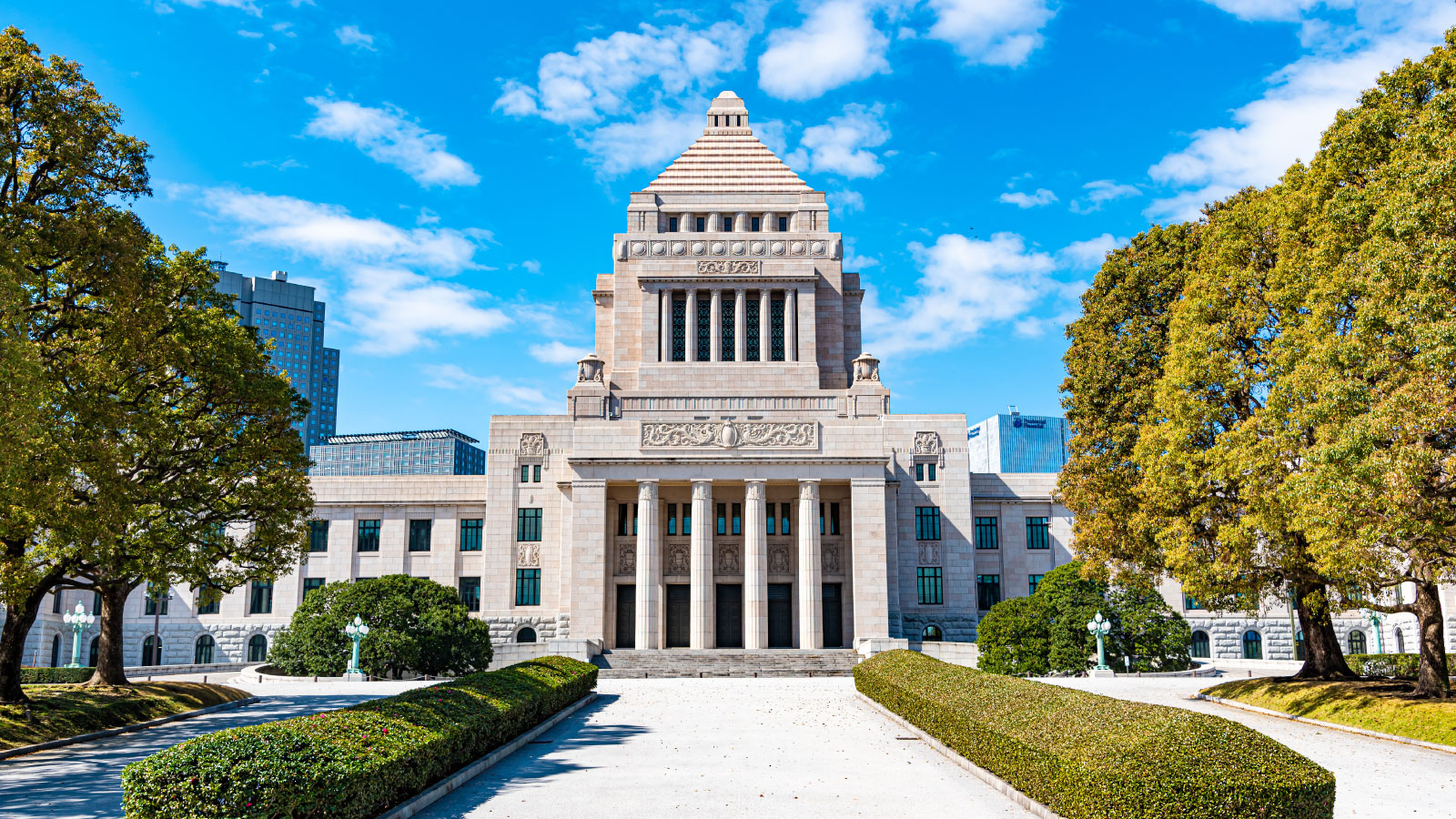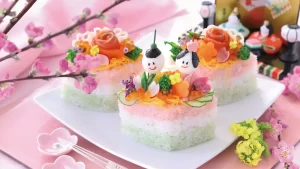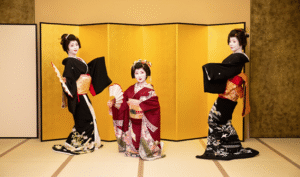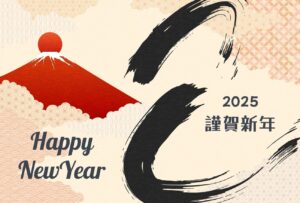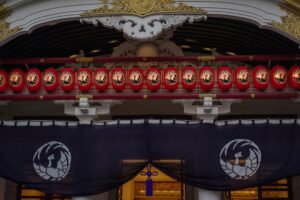When visiting another country, it’s best to have a basic understanding of how their government systems function. The Japanese government is a dominant-party bicameral parliamentary constitutional monarchy. This means that it has a democratic parliamentary system that features a head of state that is a part of the monarch and another that leads the parliament. The Emperor of Japan acts as head of state and the elected Prime Minister directs the executive branch of Japan, heading the government and the cabinet. Here is some more information that is important to familiarize yourself with regarding Japan’s government.
In Japan, the legislative power is conducted in the National Diet. The National Diet holds the House of Councillors and the House of Representatives. The House of Councillors has sixteen standing committees that contain between ten to forty-five members. This is considered the upper house of the National Diet, and its job is to ratify international treaties, pass budgets, and function as a fully elected legislature during times of emergencies. The power of the House of Councillors can be overruled by The House of Representatives. Currently, the Liberal Democratic Party holds the majority in the House of Councillors.
The House of Representatives, also referred to as the lower house of Japan’s National Diet. The House of Representatives has 465 members that are elected for terms of four years. 176 of these members are elected from 11 multi-member constituencies through proportional representation, a party-list system. The voting system in the House of Representatives is a parallel system, meaning that it is a mixed electoral system where two elections are combined for voter participation. 223 of the seats are for the majority party and 289 are from single-member constituencies. The House of Representatives has the most power in the legislature, and can override vetoes on bills and pass them.The Liberal Democratic Party also takes up the majority of the House of Representatives.
The current Emperor of Japan is Hironomiya Naruhito. Naruhito is the 126th emperor, and his ancestry goes back to the very first Emperor of Japan. Naruhito succeeded into the role of
The current prime minister of Japan is Fumio Kishida, and he heads the government of Japan and the executive branch. Kishida replaced Yoshihide Suga in 2021, and his role is to present bills, sign laws, control and supervise his cabinet, act as the commander and chief, and more. The prime minister’s office is in the Kantei, where he attends to his many responsibilities.
